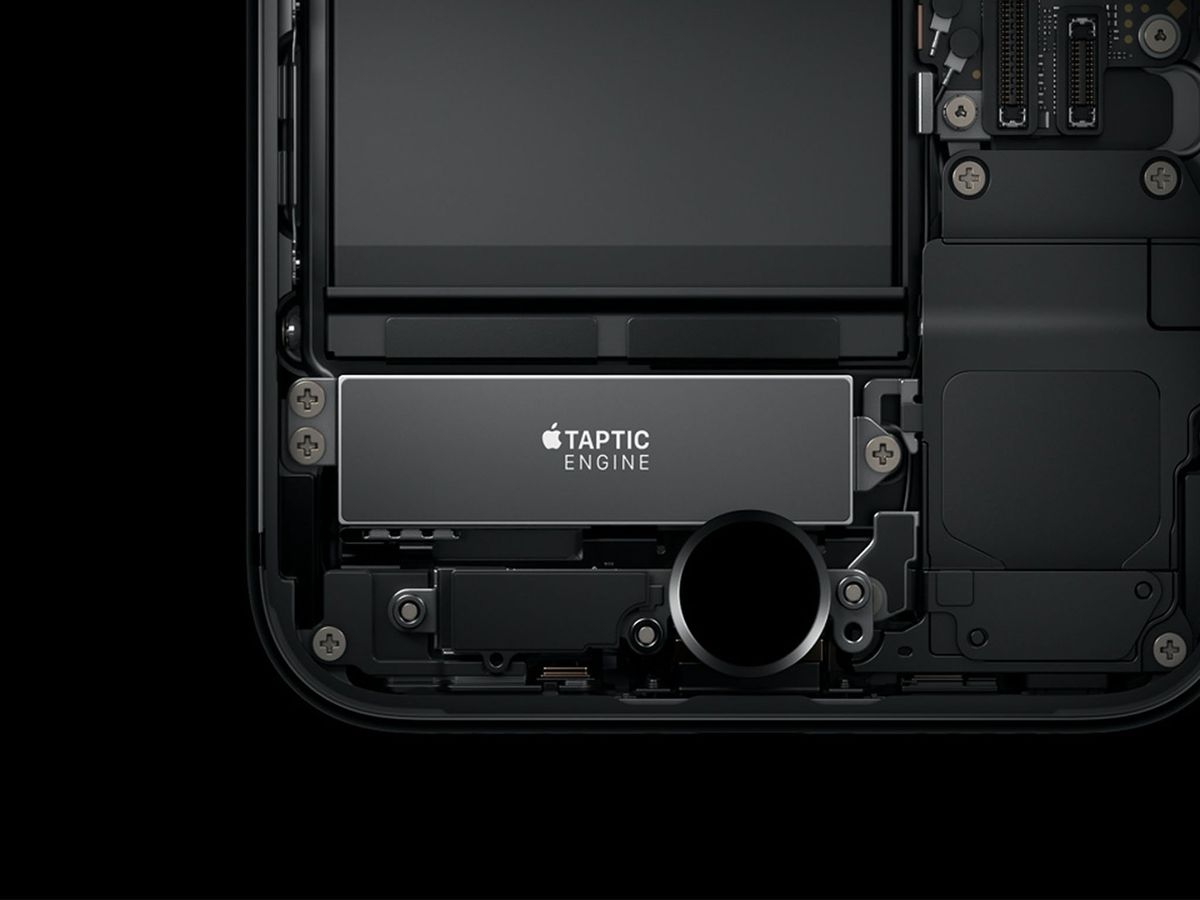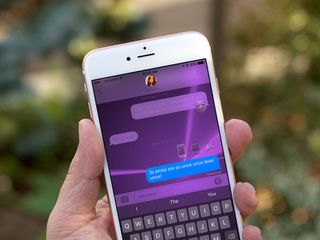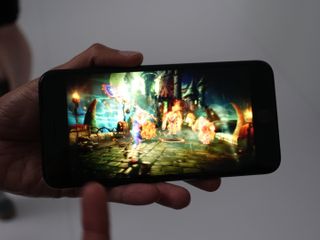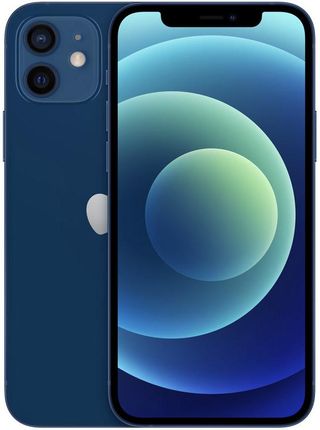iPhone 7's secret weapon: The new Taptic Engine

You don't notice it at first. You're too busy trying out the new, virtual Home button on iPhone 7 to notice anything else. You "click" around, set your preferred level of feedback — I'm a "2"! — and get used to the sensation of pressing something that's not a button and feeling it respond. Basically, you get used to your fingers being liars. Then you move on to the Home screen, and that's where the real lying starts.
You load up a game, tap a blaster, and feel its boom. Then you tap a pistol and feel its rapid-fire pulses. You switch to a music app, dance your fingers across the screen, and feel the keys as you go. Then you get an iMessage and literally feel the unce, unce, unce of its laser effect. And you stop. And you curse. Because you just stumbled across iPhone 7's secret weapon — the new Taptic Engine.
On iPhone 7, the screen taps YOU

Apple's second generation haptic feedback motor for iPhone — the one the headphone jack, in part, gave its life space for — is a substantial improvement over the previous one.
Where before you could press firmly on your iPhone 6s display to trigger 3D Touch and get a reassuring "thump" in response, with iPhone 7 you get a broader, deeper, more sophisticated range of responses.
Some of them are delightfully subtle: Spin through a date or time picker and you can feel a slight "tock" for each number. Thumb across alternate characters on the keyboard and you can feel a little "tick" for each accent.
Others reaffirm the interface. Try to zoom too close or swipe too far, and a small "knock" will inform your finger that you've reached a limit. It's not the "right" feeling and not an exact match to the perfectly visualized rubber banding effect iOS has had since launch, but, in context, you barely notice. The sensory input is in sync, and hence amplified, and you know exactly, unmistakably, what it means.
So, too, iMessage effects. If you've run the iOS 10 beta on a previous iPhone, you've seen the fireworks or lasers. But with iPhone 7, you feel them. The bursts or waves of light sizzle and rumble in your hand.
Master your iPhone in minutes
iMore offers spot-on advice and guidance from our team of experts, with decades of Apple device experience to lean on. Learn more with iMore!
It's not the sloppy, annoying buzzing other manufacturers have been implementing for years either. And it's not localized to only half the phone, so when you turn it sideways only one of your hands feels anything.
No, Taptic Engine is haptics done right, and the potential is enormous.
This ain't your grandparent's rumble pack

All of that, impressive as it is at first touch, is simply Apple pointing the way to developers and hinting at what the next generation of apps can do. It's those apps that are really mind-blowing ... er, finger-popping?
Feeling the different types of blasters available to you in a game, or the keys of a piano, that's what's so exciting about iPhone 7.
The decades-old research that led to the Taptic Engine glimpsed a future where texture itself could be simulated beneath our fingers. Already, people are experiencing iPhone 7 and imagining fully tactile typing, guitar strumming — everything short of nail filing.
Developers have only just gotten the application programming interfaces (API) to access the new Taptic Engine, but if the previews I mentioned up top are any indication, we're in for an incredibly exciting few months as more and more apps roll them out.
I'm not sure what the new Taptic Engine means yet for accessibility either, but I'm hoping the better and more precise tactile responses will also be a boon to iPhone users with low and no vision, and augment the existing audio interfaces, at least a little.
The potential of the new Taptic engine may be the best-kept secret on iPhone 7 — but it won't be for long.
If you're working on an app that uses the Taptic Engine in a new and interesting way, get in touch.

Rene Ritchie is one of the most respected Apple analysts in the business, reaching a combined audience of over 40 million readers a month. His YouTube channel, Vector, has over 90 thousand subscribers and 14 million views and his podcasts, including Debug, have been downloaded over 20 million times. He also regularly co-hosts MacBreak Weekly for the TWiT network and co-hosted CES Live! and Talk Mobile. Based in Montreal, Rene is a former director of product marketing, web developer, and graphic designer. He's authored several books and appeared on numerous television and radio segments to discuss Apple and the technology industry. When not working, he likes to cook, grapple, and spend time with his friends and family.



